雪だるま Snowman
 Add to Playlist
Add to Playlist今、 日本は 冬です。
春、 夏、 秋、 冬。
今は 冬です。
今日は とても 寒いです。
雪が 降っています。
雪が たくさん 降っています。
雪が 降ったので、 雪だるまを 作りましょう。
丸が あります。 丸。
小さな 丸が あります。
大きな 丸が あります。
小さな 丸と 大きな 丸。
1、 2。 丸が 二つ あります。
これは 雪だるまの 頭です。
これは 雪だるまの 体です。
これは 何ですか。
これは 雪だるまの 目です。
一つ、 二つ。
二つ 目が あります。
これは 何ですか。
これは 雪だるまの 鼻です。
人参の 鼻です。
これは 何ですか。
これは 雪だるまの 口です。
これは 何ですか。
これは 雪だるまの ボタンです。
1、 2、 3、ボタンが 三つ あります。
青い ボタンが あります。
今日は 雪が 降っています。
雪が たくさん 降っています。
風が 強いです。
風が とても 強いです。
風が びゅーびゅー 吹いています。
雪だるまは 寒いです。
「さむーい」と 言っています。
雪だるまは 帽子を かぶります。
赤い 帽子を かぶります。
まだ 寒いです。
「さむーい」と 言っています。
雪だるまは、 今度は マフラーを 巻きます。
緑の マフラーを 巻きます。
まだ 寒いです。
「さむーい」と 言っています。
今度は 耳あてを します。
ピンクの 耳あてを します。
もう 寒くありません。
寒くないです。
雪だるまは 笑っています。
にこにこ 笑っています。
今日は これで おしまい。
またね!
今、日本は冬です。
春、夏、秋、冬。
今は冬です。
今日はとても寒いです。
雪が降っています。
雪がたくさん降っています。
雪が降ったので、雪だるまを作りましょう。
丸があります。丸。
小さな丸があります。
大きな丸があります。
小さな丸と大きな丸。
1、2。丸が二つあります。
これは雪だるまの頭です。
これは雪だるまの体です。
これは何ですか。
これは雪だるまの目です。
一つ、二つ。
二つ目があります。
これは何ですか。
これは雪だるまの鼻です。
人参の鼻です。
これは何ですか。
これは雪だるまの口です。
これは何ですか。
これは雪だるまのボタンです。
1、2、3、ボタンが三つあります。
青いボタンがあります。
今日は雪が降っています。
雪がたくさん降っています。
風が強いです。
風がとても強いです。
風がびゅーびゅー吹いています。
雪だるまは寒いです。
「さむーい」と言っています。
雪だるまは帽子をかぶります。
赤い帽子をかぶります。
まだ寒いです。
「さむーい」と言っています。
雪だるまは、今度はマフラーを巻きます。
緑のマフラーを巻きます。
まだ寒いです。
「さむーい」と言っています。
今度は耳あてをします。
ピンクの耳あてをします。
もう寒くありません。
寒くないです。
雪だるまは笑っています。
にこにこ笑っています。
今日はこれでおしまい。
またね!
今、日本は冬です。春、夏、秋、冬。今は冬です。今日はとても寒いです。雪が降っています。雪がたくさん降っています。雪が降ったので、雪だるまを作りましょう。
丸があります。丸。小さな丸があります。大きな丸があります。小さな丸と大きな丸。1、2。丸が二つあります。これは雪だるまの頭です。これは雪だるまの体です。
これは何ですか。これは雪だるまの目です。一つ、二つ。二つ、目があります。
これは何ですか。これは雪だるまの鼻です。人参の鼻です。
これは何ですか。これは雪だるまの口です。
これは何ですか。これは雪だるまのボタンです。1、2、3。ボタンが三つあります。青いボタンがあります。
今日は雪が降っています。雪がたくさん降っています。風が強いです。風がとても強いです。風がびゅーびゅー吹いています。
雪だるまは寒いです。「さむーい」と言っています。雪だるまは、帽子をかぶります。赤い帽子をかぶります。
まだ寒いです。「さむーい」と言っています。雪だるまは、今度はマフラーを巻きます。緑のマフラーを巻きます。
まだ寒いです。「さむーい」と言っています。今度は耳あてをします。ピンクの耳あてをします。
もう寒くありません。寒くないです。雪だるまは笑っています。にこにこ笑っています。
今日はこれでおしまい。またね!

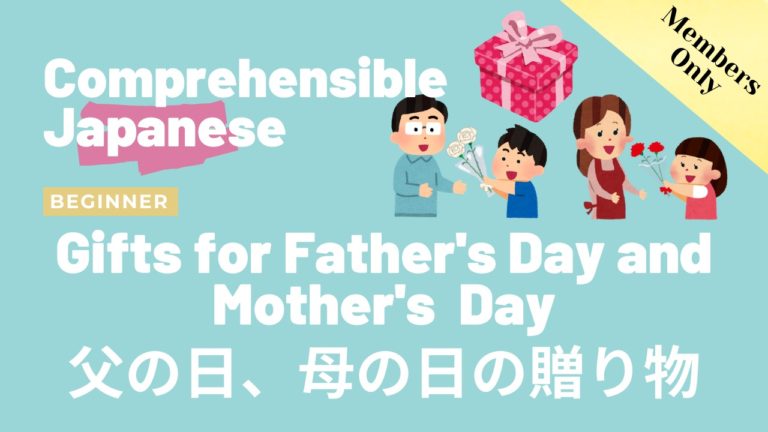
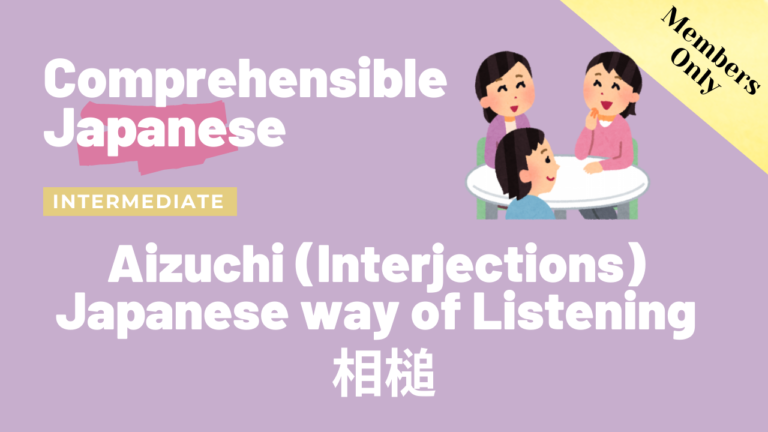

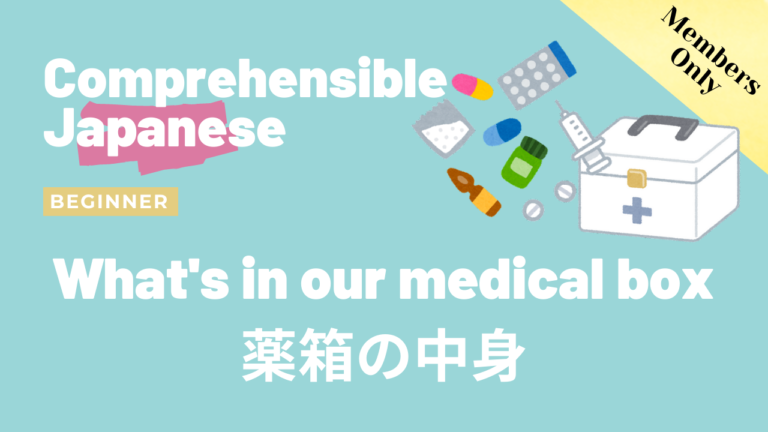
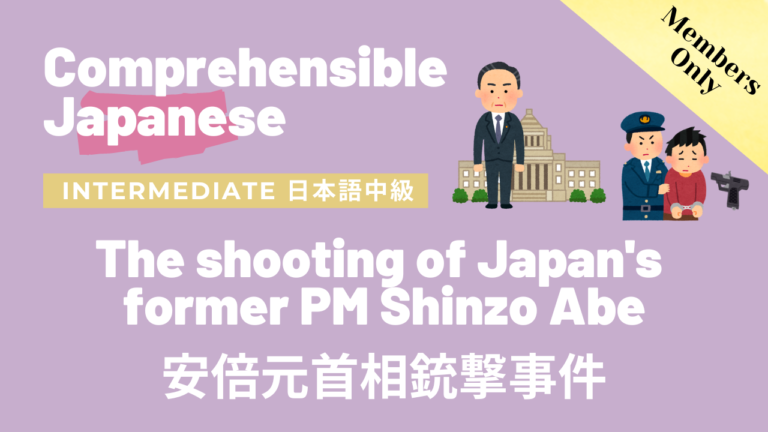
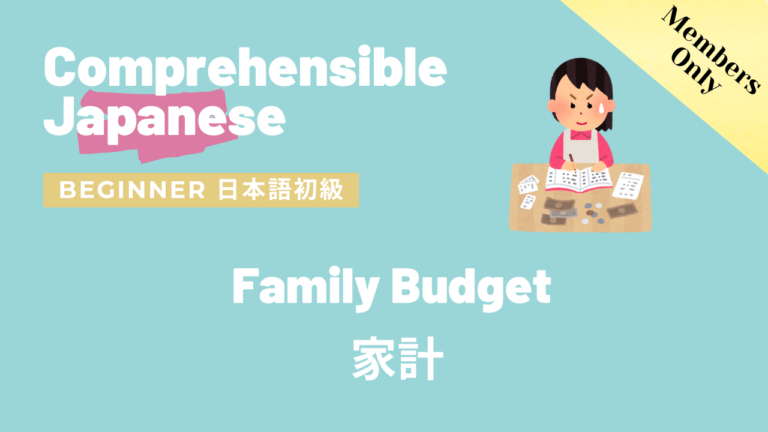
May I ask for the pronunciation of the word 雪だるま?
I found that the る appears to sound more like れ. Is it because my ear has not yet adapted to the language, or are there subtle changes in pronunciation in Japanese at times?
Thank you for your comment😊 I listened again, and I agree there are some parts where “る” sounds more like “れ”. Especially when speaking naturally, we don’t always pronounce each end every letter distinctly. It’s possible that “る” ended up sounding like “れ” mixed with surrounding sounds.
Thank you, Yuki 先生. Does this mean that if I try to speak る instead, it will feel strange in Japanese and sound like a foreigner?
No, I didn’t mean to say it’s strange or sounds like a foreigner to pronounce every letter clearly. I mean, not just with this example, but with any letter, there are times when people don’t pronounce each and every letter clearly, and I’m pretty sure that happens with other languages too. You don’t need to deliberately try to pronounce differently (Like trying to say 雪だれま instead of 雪だるま). I would say, don’t care too much about one particular pronunciation because people’s pronunciation is so diverse and there are a lot of variations. Expose yourself to as much Japanese as possible, and you will gradually get used to those subtle sound mixes and differences.
Thank you Yuki 先生. As a complete beginner, I have read some articles about the Japanese language. The author mentioned that there is no spelling bee competition in Japanese because the pronunciation is always fixed. However, because my ability to distinguish sounds is poor, not just in Japanese but also in English (or maybe also in my mother tongue), I found it difficult to hear the exact sound. Japanese is even worse because the words tend to be long and have multiple phonics. Until I found your site, the speaking speeds were usually too fast for me to hear the individual syllables. That’s the reason I’m trying to ask for clarification.
I have watched two videos so far, and I love them. They are wonderfully created, and the repetition is really helpful. Learning on your site has been more enjoyable than the others.
It is a shame the AirPlay does not work with the videos to cast this to my TV. The technology is what is stopping my from paying the membership fee
Hi Eric, I checked with our web developer. Apple AirPlay should work fine, however, there are some technical limitations with it. They only support a very limited set of subtitle encodings, which prevents our subtitles from working with Apple AirPlay. We’re sorry that this is an issue. To play our videos on your TV with subtitles, you could 1) do Screen Mirroring instead (Screen Mirroring is natively available on Apple iOS devices via the Control Center), and 2) not watch the video in fullscreen (you can still pinch-to-zoom around the video, but going fullscreen will use Apple’s video player, which doesn’t support our subtitles).
First startto video
🎉
どうもありがとうございます! I understood 60% of this video and this was my 3rd or 4th lecture. Comprehensible input is amazing!
I’m glad to hear that🥳 ありがとうございます!